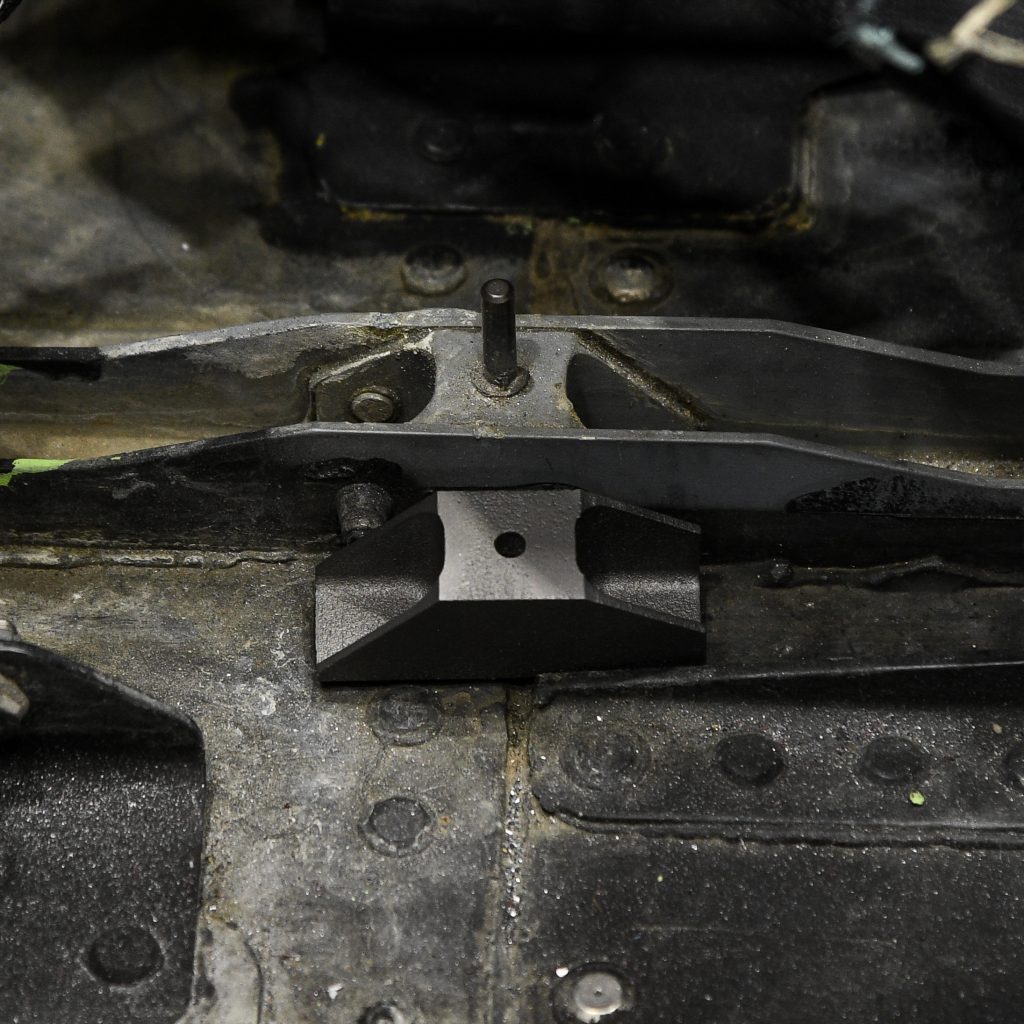Metal additive manufacturing takes another step forward as Hill Air Force Base announces the successful installation of a 3D printed titanium part for the F-22 jet.
The F-22 Raptor fighter jet has a maximum speed of 1500 mph and costs $412M. Manufacturer, Lockheed Martin, says “The F-22 is the world’s most dominant fighter.”
A total of 187 of the fifth-generation fighters were procured, primarily by the U.S. Air Force, with an additional 8 built as test jets. The total cost of the program is estimated at $66.7 billion, whereas flight costs per hour are reported as $68,362. These high costs have proved a roadblock to reactivating production of F-22s.
Robert Lewin, 574th AMXS director, notes another concern, “One of the most difficult things to overcome in the F-22 community, because of the small fleet size, is the availability of additional parts to support the aircraft”.
A 3D printed Titanium bracket
A titanium bracket made using the powder bed fusion metal additive manufacturing process will replace the current aluminum part. The benefits of using AM include faster procurement, lower cost and, by manufacturing the bracket in titanium, corrosion is no longer a concern. The component is part of a kick panel assembly of the cockpit that is “replaced 80 percent of the time during maintenance.”
The new part was installed on a operational F-22 Raptor by the 574th Aircraft Maintenance Squadron maintainers. Robert Blind, Lockheed Martin modifications manager commented, “We had to go to engineering, get the prints modified, we had to go through stress testing to make sure the part could withstand the loads it would be experiencing – which isn’t that much, that is why we chose a secondary part.”
The 3D printed bracket will be closely monitored, and once proven the replacement program rolled out to the wider fleet of F-22s. At least another five F-22 parts are currently under consideration for validation on the fighter jet.
574th AMXS director Lewin said, “Once we get to the more complicated parts, the result could be a 60-70 day reduction in flow time for aircraft to be here for maintenance.”

3D printing for legacy aircraft
Additive manufacturing has long since proved its value in both the military and civil aerospace sector. By 2003, titanium pylon ribs made using metal additive manufacturing were in service on the F-15 Strike Eagle. These AM parts replaced an aluminum component and extended part life five-fold.
As previously reported, Hill Air Force Base in Utah is an active AM user. Projects include 3D printed replacement parts for the F-35 stealth fighter, another initiative where AM contributes to cost savings.
Projects like the America Makes run Maturation of Advanced Manufacturing for Low-cost Sustainment (MAMLS) are focused on rapid replacement of components for legacy fleets. Recently a further $10 million in funding was made available to continue the work.
Is this a leading application of additive manufacturing? Nominate now in the 3D 2019 3D Printing Industry Awards.
For all the latest news, subscribe to the free 3D Printing Industry newsletter, follow us on Twitter and like us on Facebook.
Looking for a fresh start this year? Visit 3D Printing Jobs to boost your career in additive manufacturing.
Featured image shows a 574th Aircraft Maintenance Sqaudron maintainer performs depot maintenance on F-22 fighter jet at Hill Air Force Base, Utah, Jan. 16, 2018. The 574th installed the first metallic 3D printed part on an operational F-22 in December. (U.S. Air Force photo by R. Nial Bradshaw)


